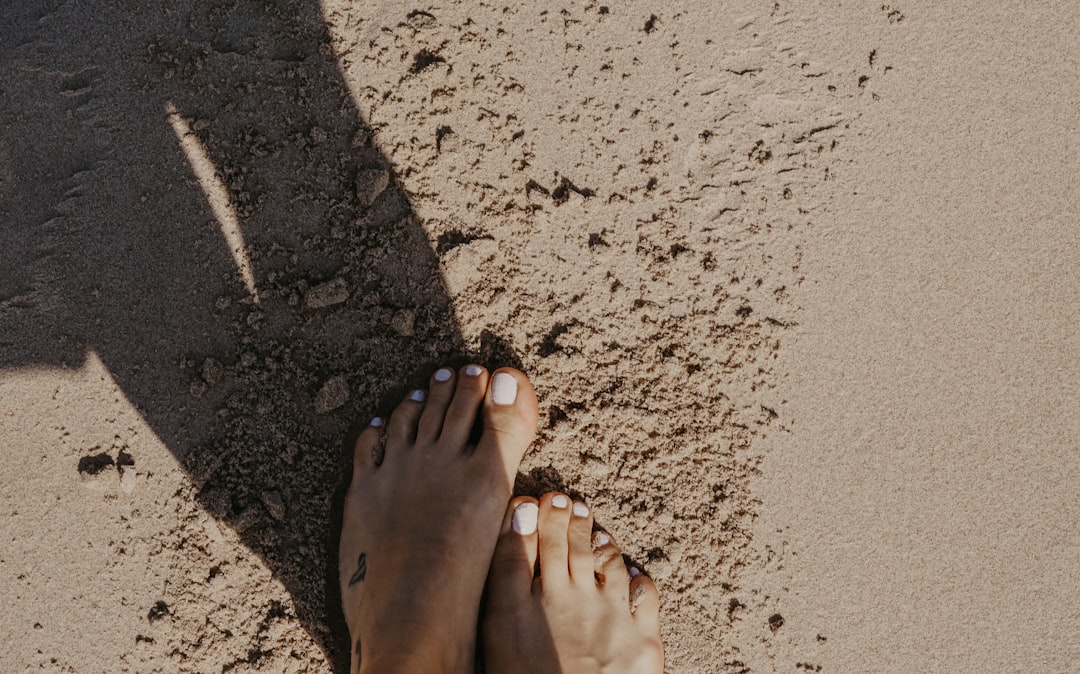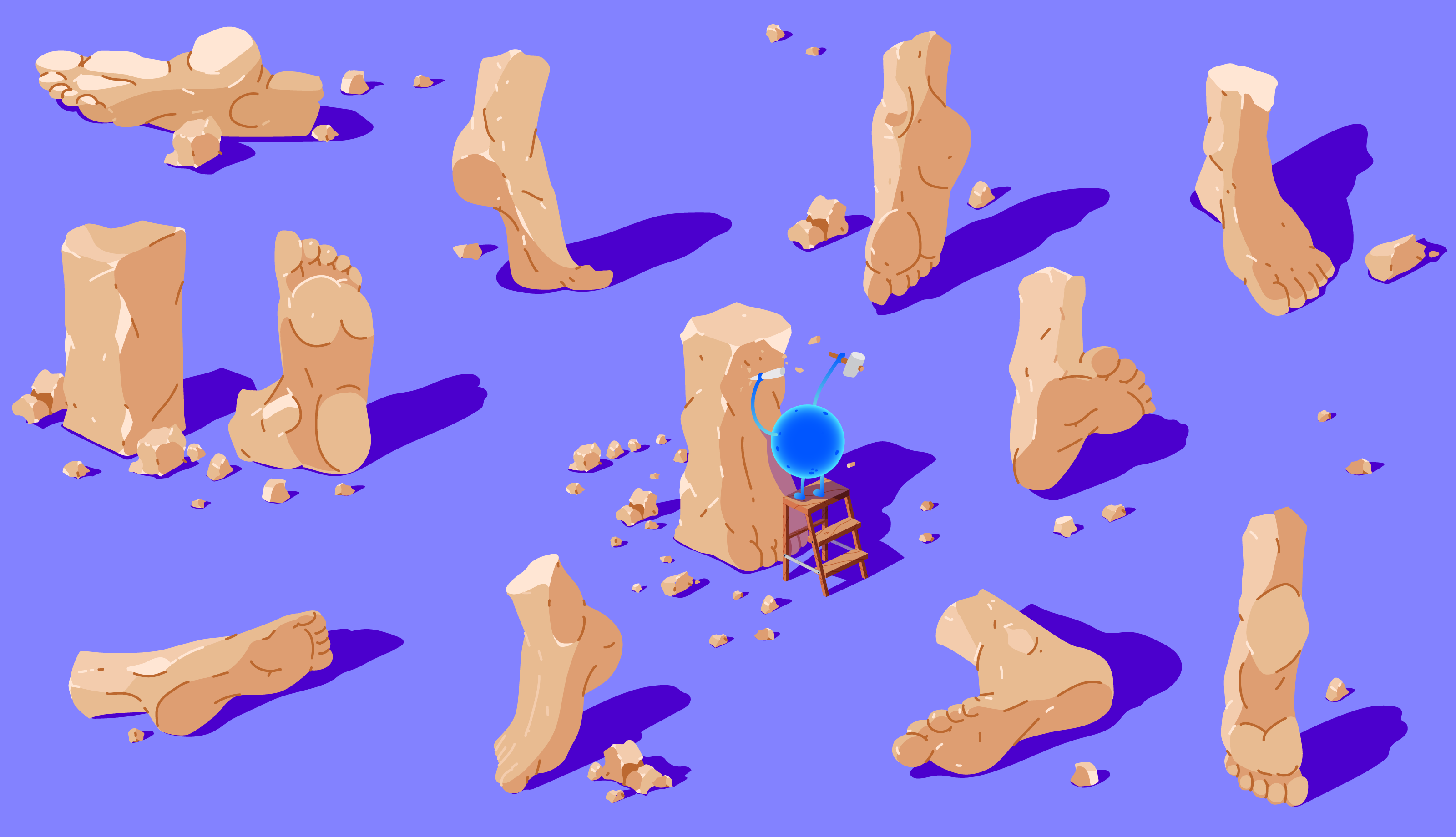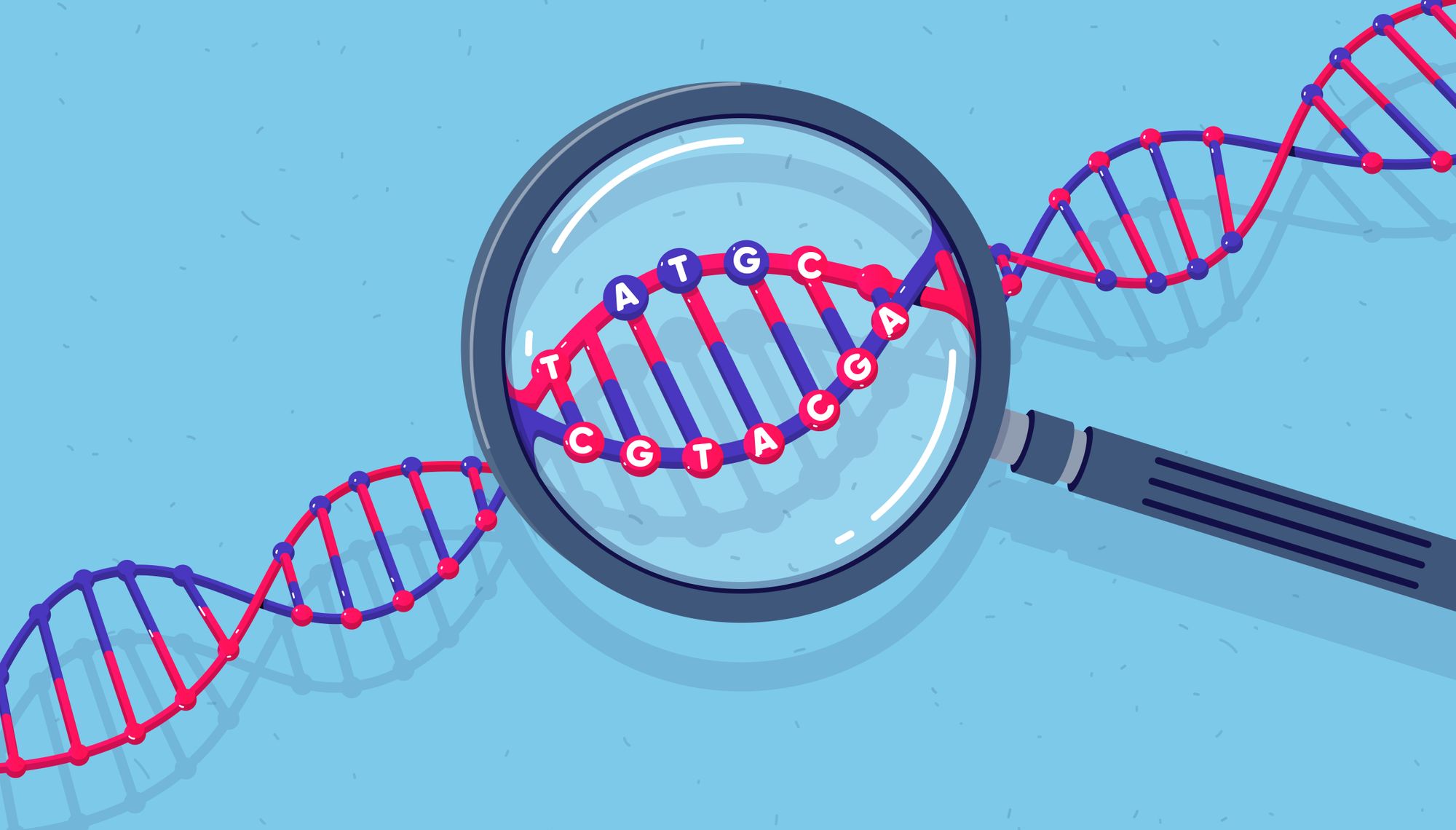They’re not everybody’s favourite body part, but your feet probably won't reveal a lot more about your ancestry than you already knew.
Exploring the past is a fascinating subject and at-home DNA ancestry tests have given everyone the opportunity to trace their family history. So much so, that hundreds of thousands of human genomes have already been analysed across the world.
These tests are expanding our knowledge on personal traits, health risks, Neanderthal genes, and even where on Earth our ancestors descended from. Yet, there’s still heaps to learn because research into the human genome is growing every year.
☝️FACT☝️The bones in your feet account for around 25% of all the bones in your body. Each foot has 26 bones and 33 joints.
Table of contents
- Foot shape ancestry: what your toes say about you
- Greek toes: your feet are on fire
- Celtic feet: the luck of the Irish
- Roman toes: fit for an emperor
- Egyptian foot heritage: the art of fake toes
- Medical advantages of the Egyptian foot shape
- What your feet say about your heritage: the truth
- Know your heritage
- Before you hot-foot it, remember
Foot shape ancestry: what your toes say about you
Your feet could reveal more than you realise about your ancestry, even if you don’t have the cash for a DNA test.
There are five accepted types of foot shapes: Greek, Roman, Celtic, German, and Egyptian. What distinguishes each one is the outline produced (imagine drawing the outline around the tops of your toes) and the lengths of your digits.
The five main foot shapes
| Type | Features | |
|---|---|---|
| Greek | Second toe protrudes more than the rest, including the big toe. | |
| Roman | The first 3 toes are of equal length, while the other two are usually shorter. | |
| Celtic | Large, short big toe, a long second toe, and the other toes decreasing in size to small little toe. | |
| German | Large big toe and the other four are the same size. | |
| Egyptian | The toes decrease in length from the big toe to the little toe. |
Based on our research into this area of little consequence for the medical scientific community, historically-speaking, these shapes are idealised depictions of the foot by the Ancient Greeks, Egyptians, and Romans. That’s why you’ll often see them on famous statues.
☝️FACT☝️The Venus de Milo and The Statue of Liberty have Greek feet.
Greek toes: your feet are on fire
If you’ve got a long second digit on your foot, then you have Greek feet, but that is linked to a genetic trait, not Greek ancestry.
But it’s also an ideological geometric concept, and is one the Ancient Greeks used in their Architectural design, art, and even finances. In medical terms, however, this orthopaedic attribute is also known as Morton’s toe.
This foot shape and elongated second toe may cause aches because it affects how weight is distributed across the foot, but it may also confer an athletic advantage based on a 2004 study, which showed it to be more common in professional athletes.
Research into toe length genetics shows that Greek foot is an X-linked recessive trait, meaning the gene which is responsible for this trait is found on the X chromosome. Females have two X chromosomes while males have one X chromosome and one Y chromosome.
Although there is conflicting evidence stating the prevalence of Greek foot (anywhere between 5–30%), it’s widely agreed that it is an inherited trait. It’s even found in indigenous populations as far spread as the Ainu of Japan. It’s also very similar to Celtic foot.
Celtic feet: the luck of the Irish
The Celts are synonymous with Western Europe, particularly Britain and Ireland, but their ancestry is a little obscure. Their toe shape origin is a mix of cultures too.
The Celtic foot shape is a combination of Germanic toes (one big toe, and all other toes of the same length) and a pronounced second digit like the Greeks, with descending toe size from the third toe onwards. The toe shape is considered a complex and variable, which may be in part explained by genetic research demonstrating that there is no single Celtic genetic group.
That’s because the regions of the UK which have Celtic origins like Cornwall, Scotland, Wales, and Northern Ireland are genetically different from each other. The study used DNA samples provided by more than 6000 Europeans and could trace the movements of populations into the UK over the last 10,000 years!
☝️TIP☝️You can discover your genetic ancestry, the migrations of your ancient relatives, and your ratio of Neanderthal genes with the Atlas DNA Test.
Roman toes: fit for an emperor
The Romans used their feet to conquer Europe and North Africa. They even created a standardised measurement of length based on the foot.
Often, people with this foot shape can find it difficult to wear certain shoes due to their squat but wide nature. As you can imagine, it can’t be easy or comfortable to squeeze them into pointy-toed shoes, kitten heels, or stilettos.
Egyptian ancestry: the inventors of fake toes
Egyptian toes, arguably the neatest looking of the 5 shapes, have a long big toe followed by the other toes reducing in size at a 45-degree angle.
Possibly the most interesting (and odd) fact about ancient Egyptian feet is their use of artificial toes on at least one mummy. Researchers at the University of Manchester found evidence of two prosthetic toes, one made from a type of papier-maché and the other from wood and leather.
They then decided to trial their own version of these prosthetics on people – of course they did – and found that false toes could help people (lacking a big toe) walk more comfortably in sandals, the traditional footwear of that era.
Medical advantages of the Egyptian foot shape
The Egyptian foot shape seems to be protective against ingrown toenails. According to a study by Ogawa and Hyakusoku, the incidence of this painful condition is lower in people who had Egyptian toes.

Interestingly, in Japan, it’s reported that up to 80% of the population have this foot shape and shoes are generally made to fit this trait. And, many Japanese shoemakers clearly state on their website that their shoes are made to fit Egyptian feet.
What we can learn from this is that having oddly shaped feet can be a disadvantage when it comes to footwear. But if you have Germanic toes, Roman toes, or Greek foot, then you may already be aware of the issues incurred by ill-fitting standardised footwear for your podiatric comfort.
What your feet say about your heritage: the truth behind your phalanges
Science doesn’t support the idea of feet shape ancestry, but there are science-backed ways of exploring your past with genetics.
So, you’ve had a good peek at your feet (we knew you couldn’t wait until the end of the article) and you’re still not sure if you’ve got Irish feet or Egyptian ancestry. That’s cool because you’ve had a little fun, but now we can show you the real stuff.
Know your heritage

Whether you want to know your ancestry to find out your family history, understand what makes you unique, or because you’re interested in your health, the Atlas DNA test is a scientific way to uncover the secrets of your body. It’s super easy too, just spit in a tube. Easy and hassle-free.
Genetic features of the Atlas DNA Test
- Find out where your ancestors came from
- Identify which haplogroup you belong to
- Find out if you’re a carrier of any of the 300+ inherited diseases we test for
- Find out your risk of developing 21 multifactorial diseases
- Use it to improve your health and lifestyle
- Learn about your risk for specific injuries like lumbar disc degeneration
- Find out about some of your curious personal traits
Before you hot-foot it, remember this
The five major foot shapes are Greek, Roman, Egyptian, Celtic, and German. Although it’s fascinating to think the outline of your foot could hold clues about where you originate from, science doesn’t back the idea up.
Still, it’s interesting to learn about the history of these five shapes and what some of them mean in the world of medicine and myth. Thankfully though, there is a scientific way of finding out more about your ancestors.
Paws, tootsies, trotters, whatever you call them, your toe genetics are a fun way to begin the journey into your heritage. But if you really want to dip your toe in the ancestry water, get yourself an Atlas Biomed DNA Test! Go on, what are you waiting for?
- Aigbogun, E, O et al. Morton’s Toe: Prevalence and Inheritance Pattern among Nigerians, 2019
- Callaway, E. UK Mapped Out By Genetic Ancestry, 2015
- NHS. Ingrown Toenail, 2018
- Ogawa, R and Hyakusoku, H. Does Egyptian Foot Present an Increased Risk of Ingrown Toenail, 2006.
- Pilikian, H, I. Why We Should Remember the Armenians, 2014
- Science Daily. Egyptian Toe Tests Show They're Likely to Be the World's Oldest Prosthetics, 2012
- Vounotrypidis, P and Noutsou, P. The Greek Foot: Is It a Myth or Reality? An Epidemiological Study in Greece and Connections to Past and Modern Global History, 2015
- Kulthanan T et al., A study of footprints in athletes and non-athletic people, 2005






















